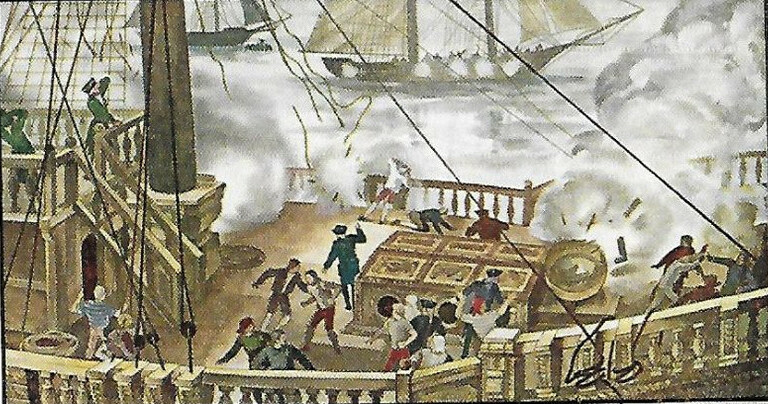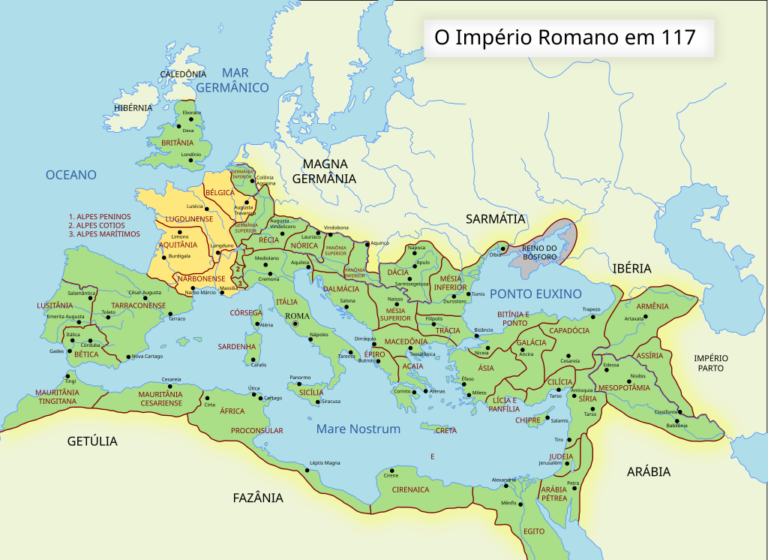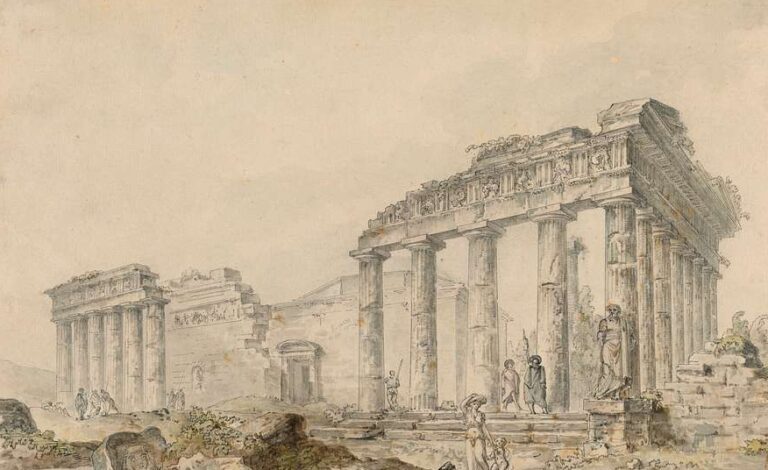
The following periodization focuses on structural and functional changes within the Senate rather than tying it to broader political narratives.
1. Formative Period of the Senate (c. 753–367 BCE)
Emerged as an advisory body during the early monarchy and continued to hold a similar role in the early Republic. Primarily composed of patrician elites (patres), reflecting its aristocratic nature. The Senate served as a guardian of tradition and a check on executive power.
2. The Republican Consolidation Phase (367–133 BCE)
The passage of the Licinian-Sextian Laws (367 BCE) allowed plebeians to hold the consulship, marked a gradual shift toward broader inclusivity in governance.
During this period, the Senate solidified its control over key aspects of Roman governance, including foreign policy, state finances, and legislative agendas.
Senatorial power peaked as the body became the central authority in Rome, often mediating conflicts between the popular assemblies and magistrates.
The Punic Wars (264–146 BCE) showcased the Senate’s role in directing long-term military and diplomatic efforts, cementing its dominance over Rome.
3. The Era of Crisis and Reform (133–31 BCE)
Growing economic inequality and political unrest weakened the Senate’s authority, leading to internal strife and the rise of populist leaders like the Gracchi brothers.
Civil wars and power struggles (e.g., Marius vs. Sulla, Caesar vs. Pompey) further eroded senatorial dominance.
The Senate increasingly became a tool for ambitious individuals, such as Julius Caesar, who used its authority to legitimize their personal power.
4. The Imperial Integration Phase (31 BCE–284 CE)
With Augustus’ establishment of the Principate (27 BCE), the Senate’s role transitioned to supporting the emperor’s authority.
While retaining nominal legislative and judicial powers, the Senate increasingly functioned as a ceremonial body.
5. The Late Antiquity Phase (284–476 CE)
The Senate continued to exist in the Western Roman Empire but lost most of its practical authority to imperial bureaucracies and military leaders.
In the Eastern Empire, the Senate remained active but was overshadowed by the emperor and his court.
Sources:
Livy (Titus Livius), Ab Urbe Condita
Polybius, Histories
Cicero, De Re Publica and De Legibus
Sallust, The Conspiracy of Catiline and The Jugurthine War
Tacitus, Annals and Histories






